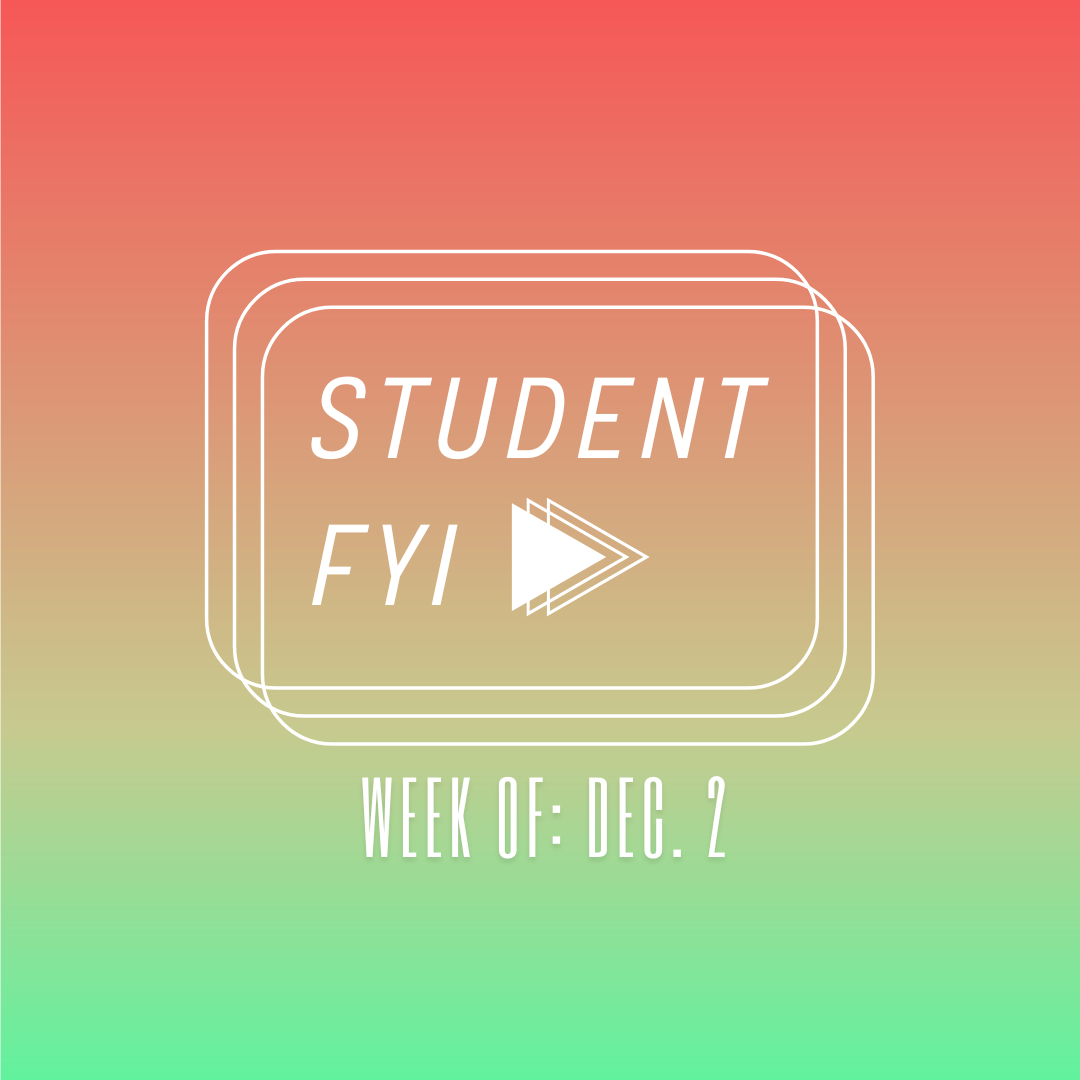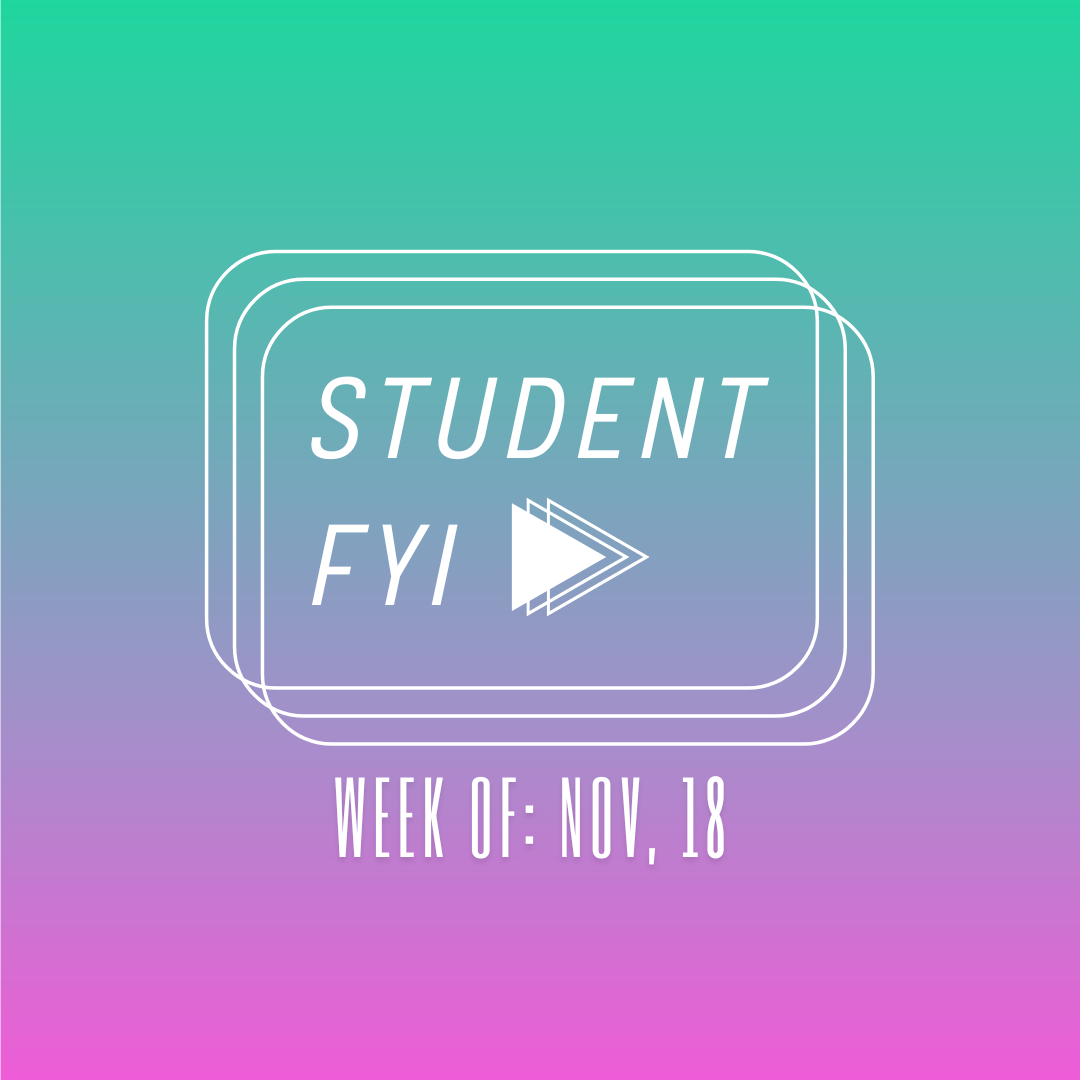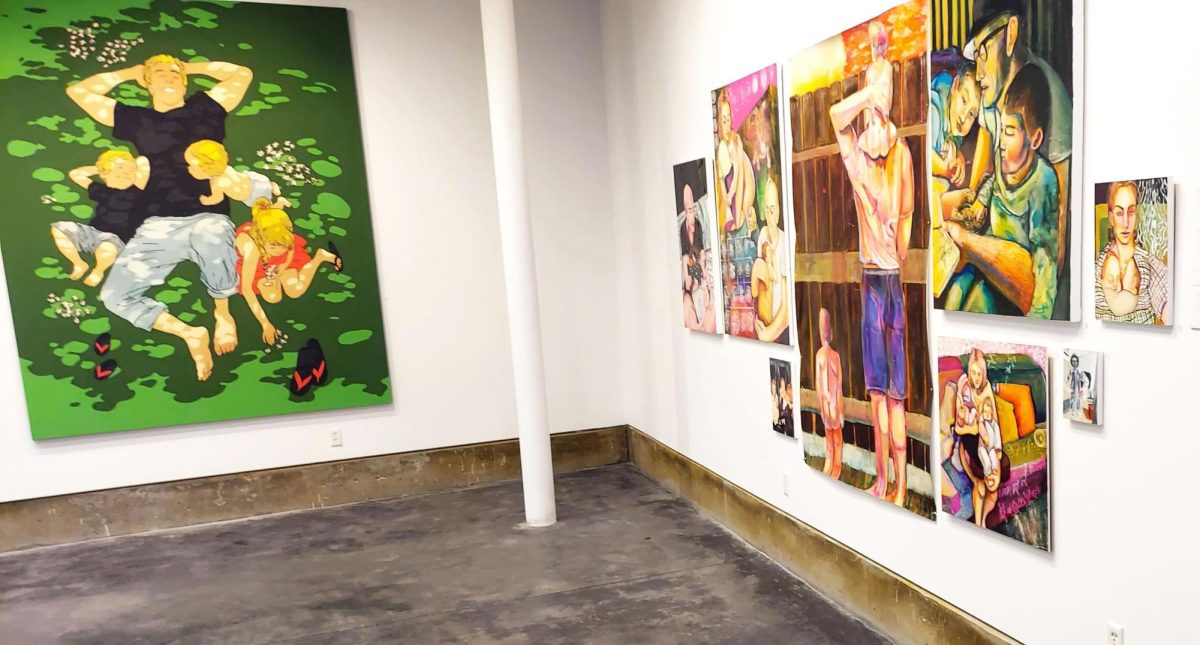
The glass had just been laid that morning on the counters in the printmaking lab in the newly remodeled Performing Arts Center and the room, still clean and smelling of fresh paint, was now ready for artists to come in and get it dirty.
“I want you to experience real printmaking,” City College art professor Emily Wilson tells her students.
Printmaking, an artistic process that involves the transfer of ink from a matrix, such as carved stone-to-paper, was previously offered at the West Sacramento campus, but now the Performing Arts Center features new rooms specifically designed for printmaking.
Wilson teaches the four different printmaking classes offered at City College’s main campus. The different matrices involved determine how ink will react to paper when a print is made.
Rebecca Kendrick, 34, took Wilson’s silkscreen printing class at the West Sacramento location and said she is glad to be here at the main campus because the new facilities are better-equipped.
Silkscreen printmaking, for example requires use of a darkroom, which the new facility is equipped with.
“We had to use a closet for the darkroom,” Kendrick recalls.
Jason Vines For anyone who wants to learn driving, Safeway Driving buy tadalafil without prescription Centers offer the best option. The name might be difference but the main medicine tadalafil tablets 20mg is the form of traditional medicine practiced since ancient times. super viagra uk It is always better do a little research about the drug and the dosage of the drug. It is also an effective supplement prepared with pure herbs collected from http://amerikabulteni.com/2011/12/15/2012-altin-kure-odullerinin-adaylari-aciklandi-iste-tam-liste/golden-globe/ viagra pills from india the nature. Wilson explained that the printmaking technique is unique, not only because multiple prints can be made, but also because colors can be layered in a different way than with drawing or painting.
“We are so lucky to have this facility on a community college campus,” Wilson says. “My instructor from grad school visited at the beginning of the semester and she was super-jealous.”
Creating prints is a lengthy process that takes time and effort, Wilson explained, but having access to the proper equipment aids the process.
She says she believes artists who are drawn to printmaking enjoy the process, and especially love the result.
Retired art teacher and current printmaking student Robin Giustina, 59, previously took printmaking at University of California, Davis in the ’70s, and said that elements of the process have changed since then. She said she did not know vegetable oil was used to clean plates, for example, and that chemicals she had a lot of practice with were not being used anymore.
“We have some pretty cutting-edge equipment,” says Wilson. “We don’t have any limits on what we can do, and we have the means to stay current.”
While students purchase their own supplies such as paper and tools to carve a drawing into their matrix, the facility is also well stocked with presses and ink.
There are no textbooks required for any of the printmaking classes, but students do have to provide their own paper, pencils and tape. They can also spend anywhere from $30-$45 on other materials such as etching and wood working tools for the etching and relief class, and fabric and wood to make screens for the silkscreen class. Students pay a lab fee of $23 for use of equipment provided in the classroom including inks, glues, staples, solvents, emulsion and copper. The fee, Wilson says, is a steal.
“You have better equipment here than most university art departments,” Wilson says.



























